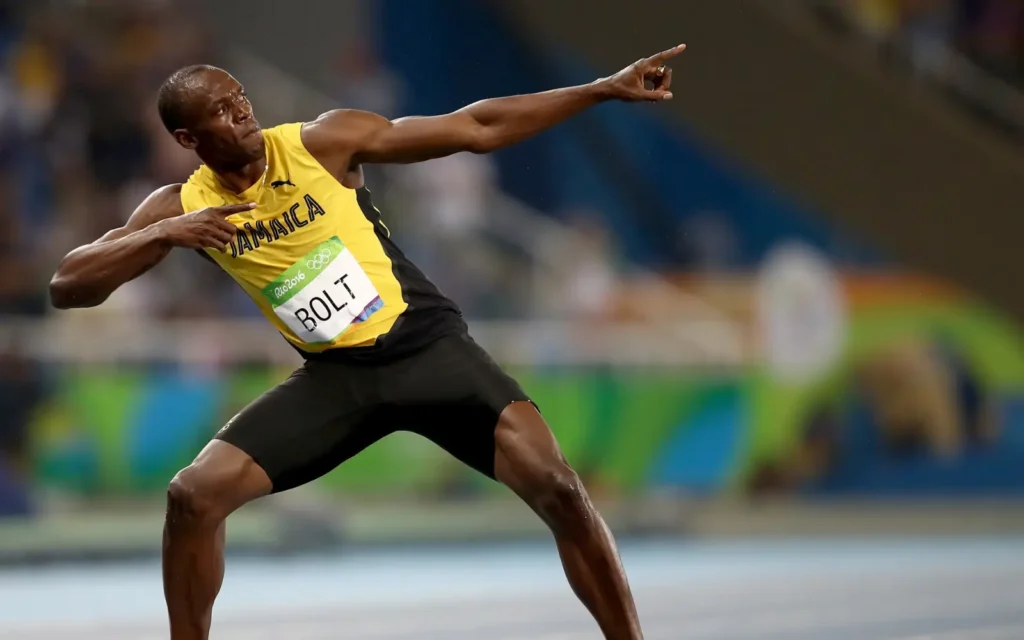Introduction
Sports uniforms have come a long way from their humble beginnings to the high-tech, performance-enhancing attire we see today. The evolution of sports uniforms is not just a tale of changing fashion but a reflection of broader societal shifts, technological advancements, and the ever-growing importance of sports in our culture. From the loincloths worn by ancient Greek athletes to the moisture-wicking, aerodynamic suits donned by modern Olympians, sports uniforms have continuously evolved to meet the demands of athletes and the expectations of fans.

The earliest forms of sports attire were simple and functional, designed primarily for ease of movement. Ancient Greek athletes competed in the nude or wore minimal clothing, symbolising purity and athleticism. As sports became more organised and institutionalised, uniforms started to emerge as a means of identifying teams and fostering a sense of unity and pride among athletes. The Industrial Revolution brought significant advancements in textile production, allowing for more specialised and standardised uniforms.
In the 20th century, the rise of professional sports leagues and international competitions like the Olympics further spurred innovation in sportswear. Uniforms began to incorporate new materials like polyester and nylon, enhancing durability and comfort. The integration of team logos, colours, and branding turned uniforms into symbols of identity and commercial interest. In recent decades, technological advancements have revolutionised sports uniforms, introducing features like moisture-wicking fabrics, compression technology, and even smart textiles that monitor an athlete’s performance. The evolution of sports uniforms is also a story of cultural and social change. As women’s sports gained prominence, uniforms were adapted to ensure comfort and performance for female athletes. The growing awareness of sustainability and ethical manufacturing practices is now influencing the design and production of sports uniforms, pushing the industry towards more eco-friendly solutions.
This essay will explore the fascinating journey of sports uniforms from ancient times to the present day, examining how they have evolved in response to technological, cultural, and societal changes. Through this exploration, we will gain a deeper understanding of how sports uniforms have become an integral part of the athletic experience and a reflection of the times.
Historical Overview
The evolution of sports uniforms is a rich tapestry woven from the threads of history, culture, and technological innovation. To understand the origins and development of sports attire, it is essential to look back at its beginnings and trace its transformation over centuries.
Ancient Times
In ancient civilisations, sports and athletic competitions were integral to social and religious life. The earliest known sports uniforms date back to ancient Greece, where athletes competed in the nude or wore minimal clothing such as loincloths. The ancient Olympic Games, starting in 776 BCE, were a celebration of human physical prowess and divine favour, where athletes often competed naked to honour the gods and to symbolise purity and the ideal human form. Women were generally excluded from these competitions, but in events like the Heraean Games, female athletes wore short tunics called “peplos.”
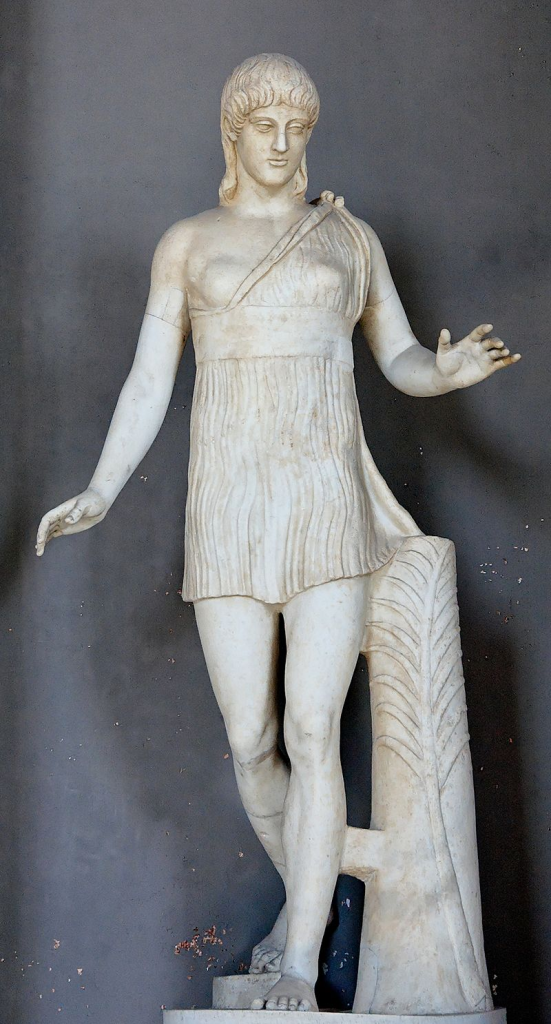
Similarly, in ancient Rome, gladiators and charioteers wore specific attire suited to their roles. Gladiators wore armor and tunics for protection and identification, while charioteers donned colored tunics to represent their teams, known as factions. These early forms of sports uniforms served practical purposes but also carried significant symbolic weight, reflecting social status and team affiliation.
Medieval and Renaissance Periods
During the medieval period, sports and games were largely informal and localised, with little emphasis on standardised attire. However, certain sports, such as jousting and archery, saw the use of specialised clothing and armour. Knights participating in jousting tournaments wore elaborate suits of armour emblazoned with their family crests and colours, serving both protective and identificatory functions.
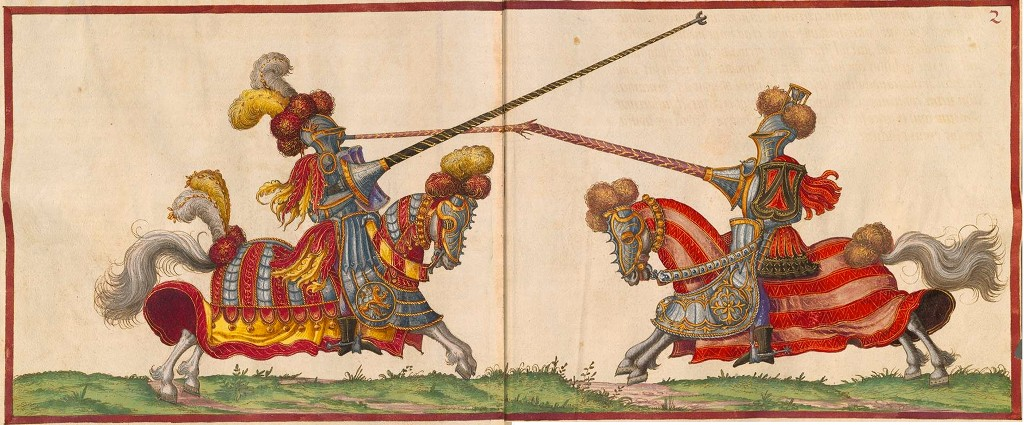
The Renaissance period marked a revival of interest in classical ideals, including physical fitness and sports. Fencing, a sport with ancient roots, became popular among European nobility. Fencers wore padded doublets and breeches to protect themselves during bouts, signifying an early form of specialised sportswear.
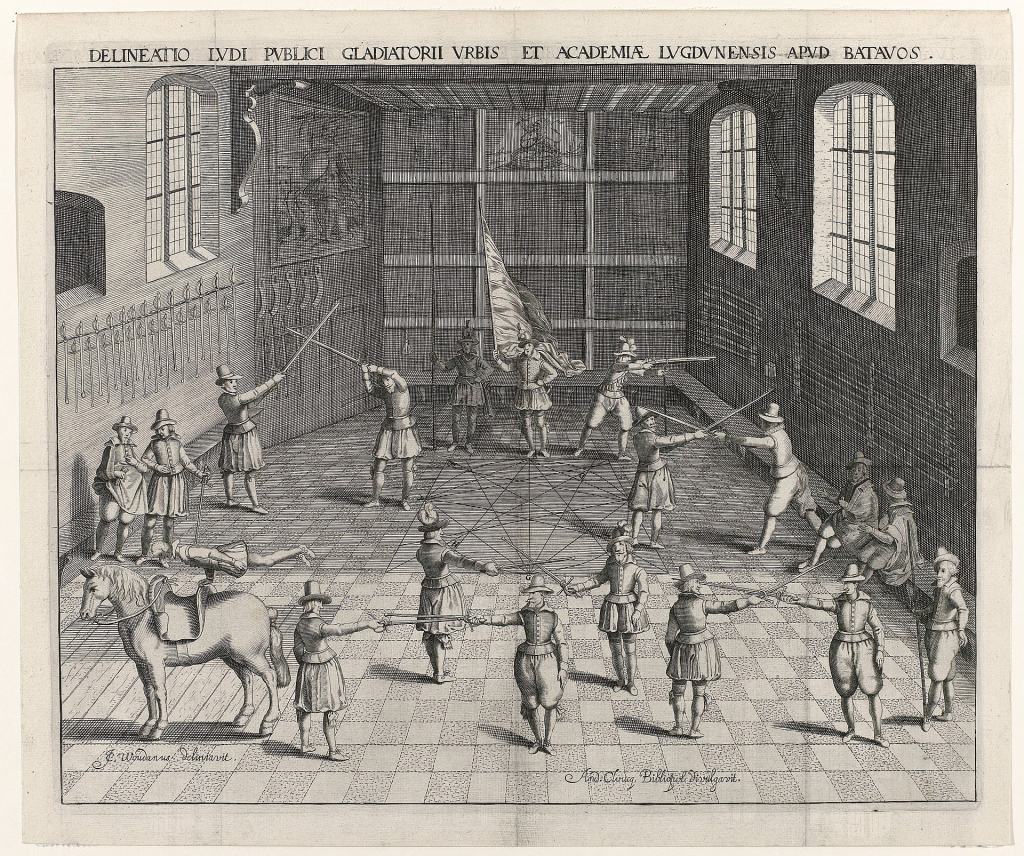
19th Century Developments
The 19th century was a pivotal era in the evolution of sports uniforms, marked by significant changes driven by the Industrial Revolution and the formalisation of modern sports. This period saw the birth of organised sports leagues and clubs, which necessitated standardised uniforms to distinguish teams and players. The advancements in textile manufacturing made materials like cotton more affordable and accessible, further influencing the design and production of sports attire.
Impact of the Industrial Revolution
The Industrial Revolution, beginning in the late 18th century and continuing into the 19th, brought about profound changes in manufacturing processes, including the production of textiles. The introduction of mechanised spinning and weaving machines allowed for the mass production of fabrics, making them cheaper and more readily available. This revolutionised clothing in general and had a significant impact on sports uniforms.
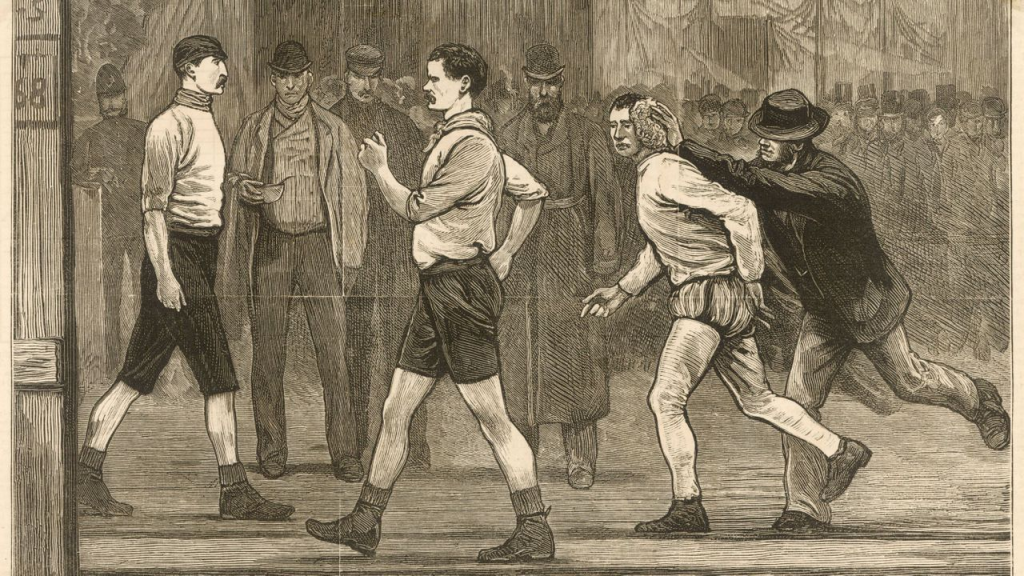
Before the Industrial Revolution, sports attire was typically made from heavy, natural fabrics such as wool and linen, which were not ideal for athletic activities. The advent of cotton and the ability to produce it in large quantities offered a more comfortable and breathable alternative. This shift enabled the creation of uniforms that were better suited to the physical demands of sports.
Early Sports Uniforms
Cricket
One of the earliest sports to adopt a standardised uniform was cricket. By the mid-1800s, cricket had established itself as a popular sport in England, and the need for a uniform dress code became apparent. The tradition of wearing all-white uniforms began during this period, chosen for its practicality in reflecting heat and keeping players cool during long matches. The all-white attire also symbolised the gentlemanly nature of the sport, distinguishing amateur cricketers from professionals.

Football (Soccer)
Football (soccer) also saw significant developments in uniform design during the 19th century. The formation of the Football Association (FA) in England in 1863 led to the codification of the rules of the game, and with it, the introduction of team uniforms. Early football uniforms consisted of woollen shirts, knee-length trousers, and heavy leather boots. The use of distinct colours and patterns helped identify teams on the field, fostering a sense of team identity and camaraderie.
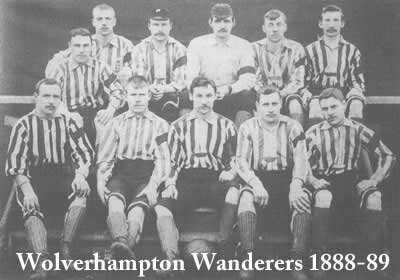
Baseball
In the United States, baseball emerged as a popular sport in the 19th century, with the first professional team, the Cincinnati Red Stockings, forming in 1869. Baseball uniforms evolved from simple work clothes to more specialised attire designed for the sport. The New York Knickerbockers, founded in 1849, are credited with introducing the first baseball uniforms, which included blue woolen trousers, white flannel shirts, and straw hats. These early uniforms provided a template for future designs, incorporating elements that balanced functionality and team identity.

Influence of Social and Cultural Factors
The 19th century was also a time of significant social and cultural change, which influenced the development of sports uniforms. The rise of organised sports clubs and the formalisation of rules created a need for uniforms that could distinguish players and teams. This period also saw an increased emphasis on physical fitness and the promotion of sports as a means of developing moral character and discipline.
Amateurism vs. Professionalism
The distinction between amateur and professional athletes played a crucial role in the evolution of sports uniforms. In many sports, especially in England, amateurism was highly valued, and uniforms often reflected this ideal. Amateur athletes, typically from the upper classes, wore elegant and refined attire that emphasised their social status and gentlemanly conduct. In contrast, professional athletes, who were often from the working class, wore more practical and robust uniforms suited to the demands of the sport.
Women’s Sports
Although women’s participation in sports was limited during the 19th century, there were notable developments in women’s sports attire. Activities such as tennis, croquet, and cycling became popular among women, leading to the creation of specialised uniforms. These early sports uniforms for women were often adapted from everyday clothing but modified for greater ease of movement. Long skirts were shortened, and corsets were loosened to allow for physical activity, marking the beginning of a gradual shift towards more practical and comfortable sportswear for women.

Technological Innovations
The technological advancements of the 19th century extended beyond textile production to include innovations in clothing design and manufacturing techniques. The invention of the sewing machine in the mid-1800s revolutionized garment production, allowing for the mass production of sports uniforms. This development made it possible to produce uniforms more quickly and at a lower cost, enabling more teams and athletes to adopt standardized attire.
Printing and Embroidery
The 19th century also saw the introduction of new techniques for adding team names, logos, and numbers to uniforms. Printing and embroidery technologies allowed for greater customisation and personalisation of sports attire, helping to create a distinct visual identity for teams. This trend laid the groundwork for the branding and commercialisation of sports uniforms that would become prominent in the 20th century.
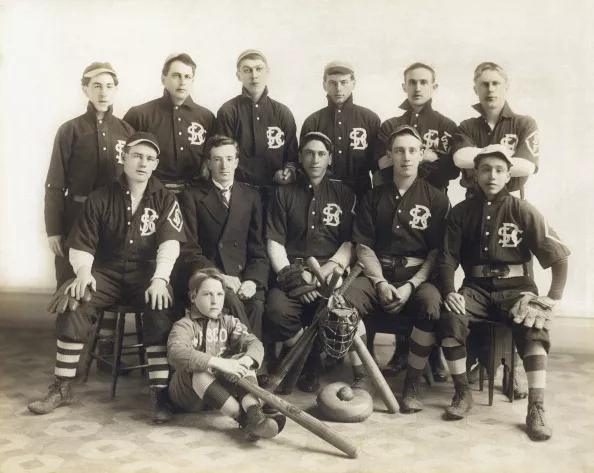
In summary, the 19th century was a transformative period in the history of sports uniforms, driven by the Industrial Revolution, the formalisation of sports, and significant social and cultural shifts. The advancements in textile manufacturing and garment production enabled the creation of more functional and standardised uniforms, while the rise of organised sports leagues and clubs fostered a sense of team identity and pride. These developments set the stage for the continued evolution of sports uniforms in the 20th century and beyond, reflecting the changing demands and values of the sporting world.
20th Century Transformation
The 20th century was a period of dramatic transformation for sports uniforms, characterized by significant advancements in materials, design, and technology. This era saw the rise of professional sports leagues, international competitions, and the increasing commercialisation of sports, all of which influenced the evolution of sports attire. The changes in sports uniforms during the 20th century not only enhanced athletic performance but also reflected broader societal trends and cultural shifts.
Early 20th Century
Technological Advancements
The early 20th century witnessed the introduction of new materials and manufacturing techniques that revolutionised sports uniforms. The development of synthetic fibers such as rayon and nylon in the 1930s and 1940s offered athletes lightweight, durable, and flexible alternatives to traditional natural fabrics. These new materials were quickly adopted in sportswear, providing greater comfort and performance benefits.
Olympic Games
The modern Olympic Games, revived in 1896, played a crucial role in the evolution of sports uniforms. Athletes from around the world competed in a variety of sports, each requiring specialised attire. The Olympic Games became a showcase for the latest innovations in sportswear, with national teams wearing uniforms that reflected their countries’ colours and symbols. Track and field events, for example, saw the development of lightweight shorts and tank tops designed for optimal performance, emphasising speed and agility.

Football (Soccer)
Football (soccer) uniforms continued to evolve in the early 20th century. The introduction of synthetic fabrics in the 1950s and 1960s marked a significant shift from the heavy woolen kits of the past. These new materials were more breathable and moisture-wicking, enhancing player comfort and performance. Teams also began to incorporate more elaborate designs and branding into their kits, reflecting the growing commercialization of the sport.
Mid-20th Century
Basketball
Basketball uniforms underwent a dramatic transformation during the mid-20th century. In the 1970s and 1980s, the short shorts of earlier decades gave way to longer, baggier styles, influenced by cultural trends and the preferences of star players. The NBA saw the introduction of team logos, names, and numbers prominently displayed on jerseys, enhancing the visual appeal and marketability of the sport. The evolution of basketball uniforms reflected the growing influence of players on fashion and culture, with iconic athletes like Michael Jordan setting trends that extended beyond the court.
Baseball
Baseball uniforms also evolved during this period, with teams adopting new materials like polyester blends that offered greater flexibility and durability. The iconic baseball cap became a staple of the uniform, symbolizing team identity and fan loyalty. The introduction of double-knit fabrics in the 1970s provided a more comfortable and practical alternative to the heavy flannel uniforms of the past, allowing for greater freedom of movement and improved performance.
Women’s Sports
The growth of women’s sports brought about significant changes in sports uniforms to accommodate female athletes’ needs. Sports like tennis, volleyball, and track and field saw the introduction of uniforms designed specifically for women, offering better fit and comfort while maintaining performance standards. The development of the sports bra in the 1970s, for example, was a major breakthrough in women’s sportswear, providing essential support and enabling female athletes to perform at their best.
Late 20th Century
High-Performance Materials
The late 20th century saw the introduction of high-performance materials that further revolutionised sports uniforms. Fabrics like Lycra, spandex, and Gore-Tex provided superior stretch, moisture-wicking properties, and weather resistance, enhancing athletic performance across a range of sports. These materials were used to create compression garments that improved circulation and reduced muscle fatigue, offering athletes a competitive edge.
Customisation and Branding
The commercialisation of sports reached new heights in the late 20th century, with teams and athletes increasingly embracing branding and sponsorship opportunities. Sports uniforms became valuable marketing tools, featuring logos of sponsors and manufacturers prominently displayed. Customisation and personalisation of uniforms became more common, with players’ names and numbers adding to the visual identity of the team. This trend was particularly evident in sports like American football, basketball, and soccer, where uniforms became a canvas for corporate partnerships and merchandising.

Equality and Inclusivity
The late 20th century also saw a growing emphasis on equality and inclusivity in sports uniforms. As women’s sports gained prominence, uniform designs evolved to ensure comfort and performance for female athletes. Efforts were made to create uniforms that were not only functional but also respectful of cultural and religious considerations. For example, the introduction of the hijab in sports uniforms allowed Muslim women to participate in athletics while adhering to their cultural and religious practices.
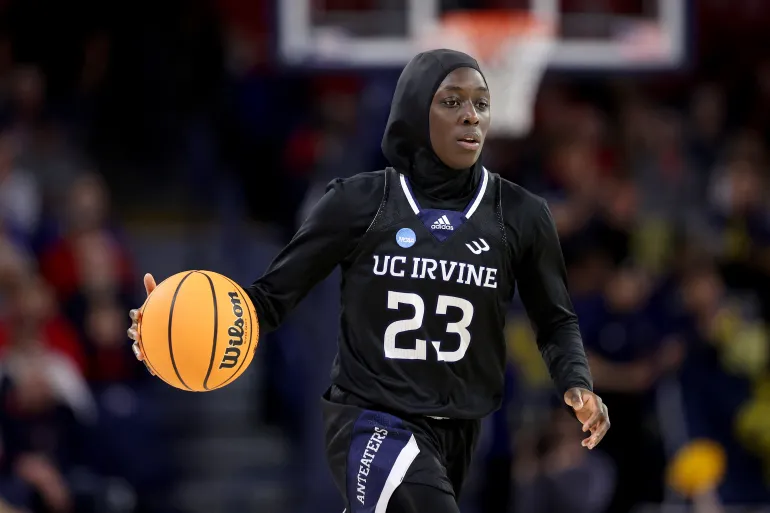
Cultural Influence
Sports uniforms began to reflect broader cultural trends and influences during this period. The rise of hip-hop culture in the 1980s and 1990s, for example, had a significant impact on basketball fashion, with baggy shorts and oversized jerseys becoming symbols of urban style. The influence of pop culture and celebrity endorsements further blurred the lines between sportswear and everyday fashion, making sports uniforms a part of mainstream style.
Globalization and International Competitions
The globalization of sports in the late 20th century brought about new challenges and opportunities for sports uniforms. International competitions like the FIFA World Cup and the Olympic Games highlighted the importance of national identity and pride, with uniforms serving as powerful symbols of cultural representation. Advances in printing and dyeing technologies allowed for more intricate and vibrant designs, enabling countries to showcase their heritage and values through their sports attire.
Ethical and Environmental Considerations
Towards the end of the 20th century, growing awareness of environmental and ethical issues began to influence the sportswear industry. The impact of uniform production on the environment and the conditions under which they were made became a concern for consumers and manufacturers alike. This led to the development of more sustainable materials and practices, with companies exploring options like recycled polyester and organic cotton to reduce their ecological footprint.
Modern Innovations
The 21st century has ushered in an era of rapid innovation and technological advancements in sports uniforms. These developments have not only enhanced athletic performance but also transformed the aesthetics and functionality of sports attire. Modern innovations in sports uniforms are driven by the desire to optimize performance, improve comfort, and address environmental and ethical concerns. This section explores the cutting-edge technologies and trends that are shaping the future of sportswear.
Advanced Materials
One of the most significant innovations in modern sports uniforms is the development of advanced materials designed to enhance performance and comfort. These materials are engineered to provide specific benefits such as moisture management, temperature regulation, and enhanced mobility.
Moisture-Wicking Fabrics
Modern sports uniforms often feature moisture-wicking fabrics that draw sweat away from the body, keeping athletes dry and comfortable. These fabrics, such as polyester blends and technical synthetics, use capillary action to move moisture to the outer surface of the garment, where it can evaporate quickly. This technology helps regulate body temperature and reduce the risk of chafing and discomfort during intense physical activity.
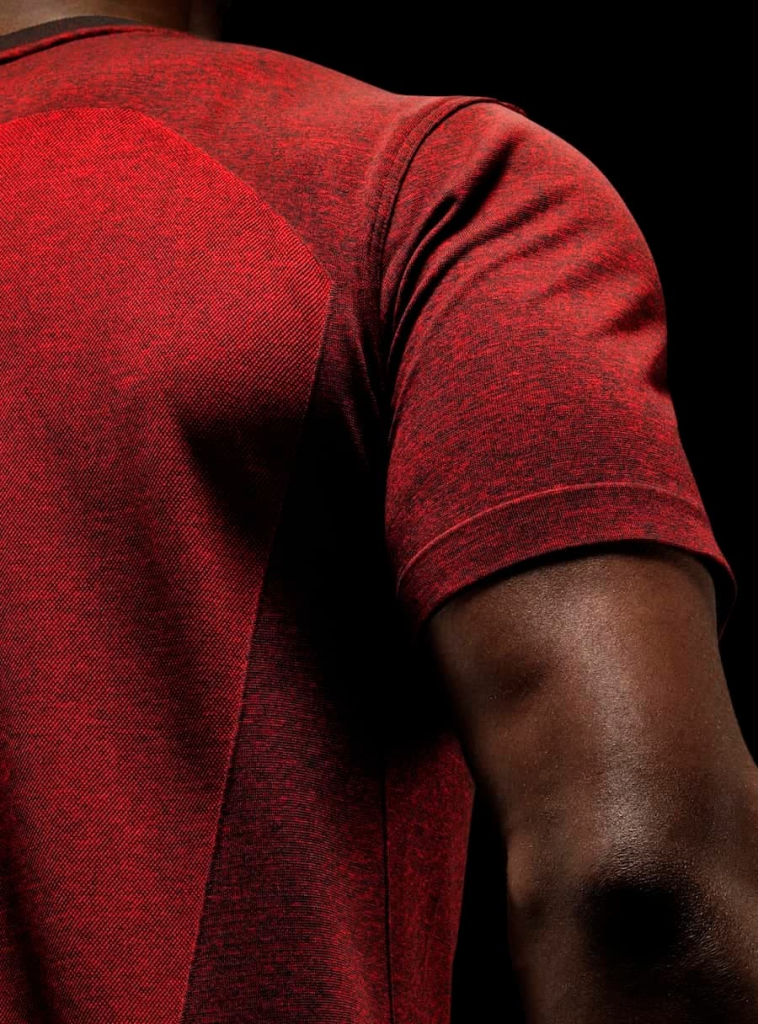
Compression Garments
Compression technology has become a staple in modern sports uniforms, particularly in high-performance sports. Compression garments, made from materials like Lycra and spandex, provide targeted support to muscles, improving blood circulation and reducing muscle fatigue. Athletes use compression shorts, shirts, and sleeves to enhance recovery, reduce the risk of injury, and improve overall performance.
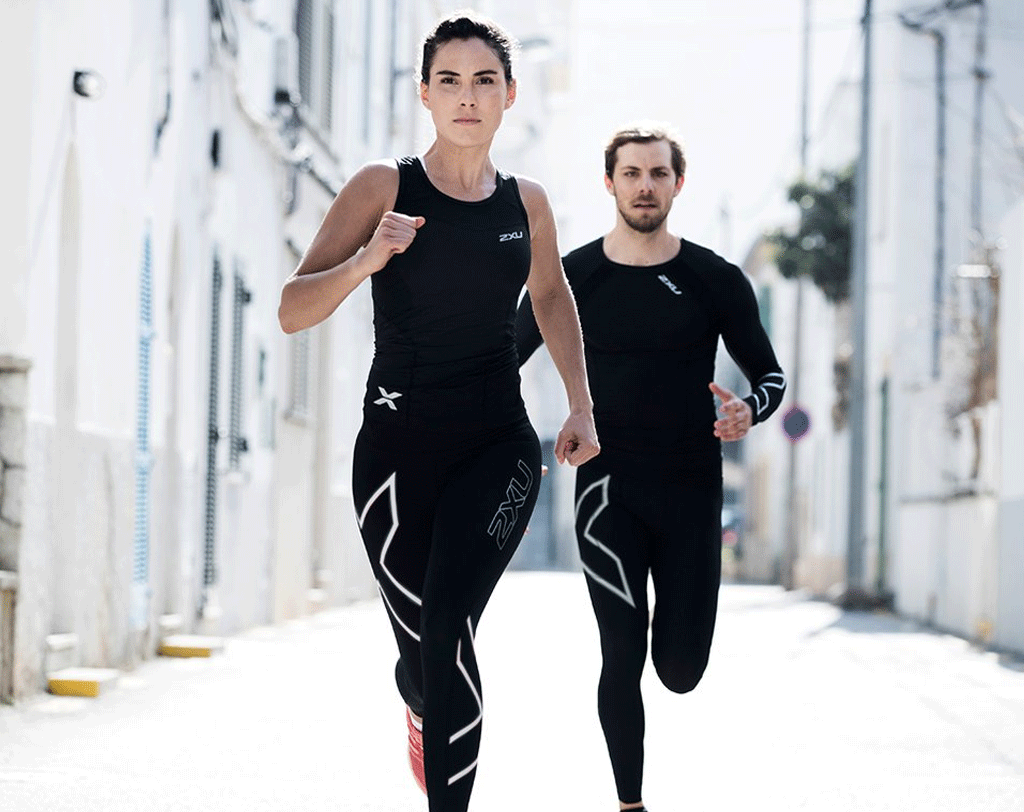
Temperature Regulation
Innovations in temperature-regulating fabrics have also transformed sports uniforms. These materials are designed to keep athletes cool in hot conditions and warm in cold environments. Technologies such as phase-change materials (PCMs) absorb and release thermal energy, helping maintain a stable body temperature. These fabrics are particularly useful in sports with varying weather conditions, ensuring that athletes can perform at their best regardless of the environment.
Smart Textiles and Wearable Technology
The integration of smart textiles and wearable technology into sports uniforms represents a significant leap forward in the quest for optimized performance and health monitoring.
Embedded Sensors
Smart sports uniforms often include embedded sensors that monitor various physiological parameters such as heart rate, body temperature, and muscle activity. These sensors provide real-time data to athletes and coaches, enabling them to make informed decisions about training, performance, and recovery. Wearable technology has become a valuable tool for optimizing athletic performance and preventing injuries.

Haptic Feedback
Another innovation in smart textiles is the incorporation of haptic feedback systems. These systems use vibrations to provide athletes with tactile cues, helping them adjust their movements and improve technique. For example, a haptic feedback vest can signal a swimmer to correct their posture or a runner to adjust their stride. This technology enhances proprioception and allows athletes to make real-time adjustments for better performance.
Connected Clothing
Connected clothing integrates sensors and communication devices directly into sports uniforms, allowing for seamless connectivity with smartphones and other devices. Athletes can track their performance metrics, receive coaching advice, and even share data with medical professionals for remote monitoring. This connectivity empowers athletes to take a proactive approach to their training and health.
Sustainable Practices
Environmental sustainability has become a crucial consideration in the design and production of modern sports uniforms. The sportswear industry is increasingly adopting eco-friendly materials and practices to reduce its environmental impact.
Recycled Materials
One of the most significant trends in sustainable sportswear is the use of recycled materials. Companies are turning to recycled polyester made from post-consumer plastic bottles and other waste materials. This approach not only reduces the environmental footprint but also creates high-performance fabrics that are indistinguishable from virgin materials. Brands like Nike and Adidas have pioneered the use of recycled materials in their sports uniforms, setting an example for the industry.

Biodegradable Fabrics
In addition to recycled materials, the development of biodegradable fabrics offers a sustainable alternative to traditional synthetics. These fabrics are designed to break down naturally over time, reducing the accumulation of textile waste in landfills. Innovations in biodegradable sportswear include the use of natural fibers like organic cotton, hemp, and bamboo, which offer both performance benefits and environmental sustainability.
Ethical Manufacturing
Modern sportswear brands are increasingly committed to ethical manufacturing practices, ensuring fair labour conditions and reducing the environmental impact of production. This includes sourcing materials from suppliers who adhere to sustainable practices, using eco-friendly dyes and finishes, and minimizing water and energy consumption during manufacturing. Ethical manufacturing not only supports environmental sustainability but also promotes social responsibility within the industry.
Augmented Reality (AR)
Augmented reality (AR) technology has also made its way into the customisation of sports uniforms. AR allows athletes to visualise and interact with their uniform designs in a virtual environment before they are produced. This technology provides a realistic preview of the final product, enabling athletes to make adjustments and ensure that the uniform meets their expectations. AR also enhances the shopping experience for fans, allowing them to customise and purchase replica uniforms with their preferred features and designs.
Minimalist Designs
Minimalist designs have become a popular trend in modern sports uniforms. Clean lines, simple colour schemes, and understated branding create a sleek and professional look. This approach emphasises functionality and performance while maintaining a stylish and contemporary aesthetic. Minimalist designs are particularly prevalent in sports like tennis, golf, and track and field, where elegance and sophistication are highly valued.
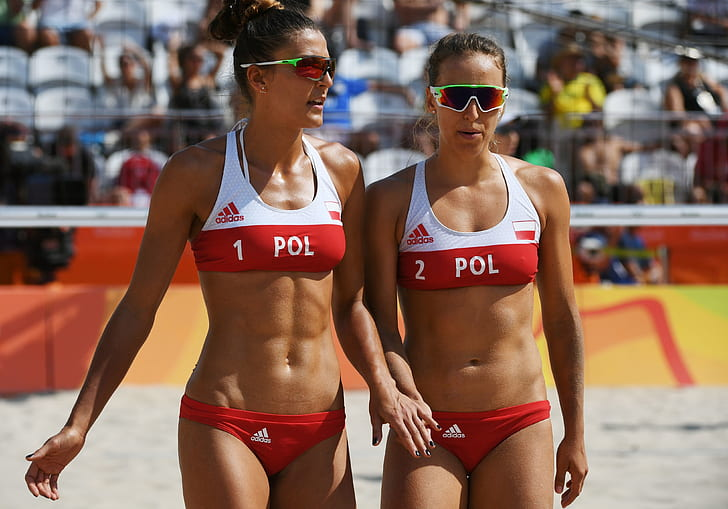
Bold Graphics and Colours
Conversely, bold graphics and vibrant colors are also a defining feature of modern sports uniforms. Advances in printing technology have enabled intricate and eye-catching designs that reflect team identity and cultural influences. These uniforms often feature striking patterns, dynamic logos, and innovative use of color gradients. Bold designs are especially popular in sports like basketball, soccer, and cycling, where visual impact and team spirit play a crucial role.
Retro and Vintage Styles
Retro and vintage styles have made a comeback in modern sports uniforms, paying homage to the history and heritage of sports. Classic designs from past decades are reimagined with modern materials and technology, creating a nostalgic yet contemporary look. This trend resonates with fans and athletes alike, celebrating the legacy of sports while embracing modern advancements. Retro-inspired uniforms are often seen in major sporting events and special edition releases.
Socio-Cultural Impact
Team Identity and Nationalism
Sports uniforms play a crucial role in representing team identity and fostering a sense of belonging among players and fans. The colors, logos, and designs of sports uniforms are often imbued with cultural and historical significance, reflecting the values and traditions of the teams they represent. National teams, in particular, use uniforms to symbolise their country’s heritage and pride, especially during international competitions like the Olympics and the FIFA World Cup. The uniform becomes a powerful emblem of national identity, uniting fans and athletes under a common banner and evoking a sense of patriotism.
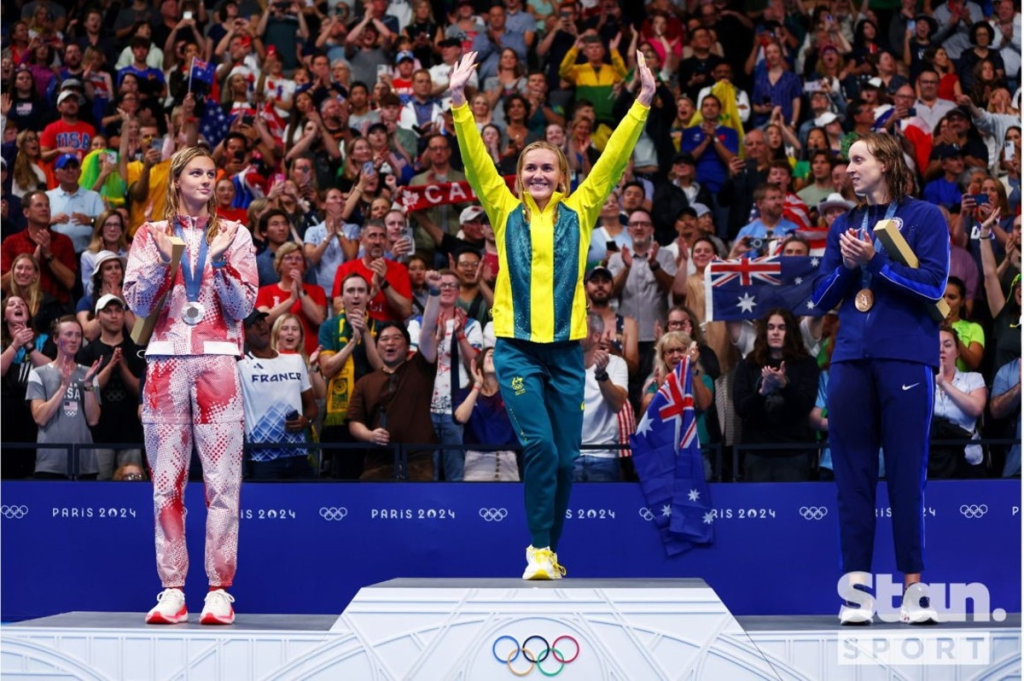
Cultural Representation
In addition to national pride, sports uniforms also serve as a platform for cultural representation. Teams from diverse backgrounds incorporate elements of their culture into their uniforms, celebrating their unique heritage. This can be seen in the use of traditional patterns, colors, and symbols that reflect the cultural identity of the athletes and their communities. Such representation not only promotes cultural awareness and appreciation but also fosters inclusivity and respect for diversity in sports.
Fashion and Popular Culture
Influence on Mainstream Fashion
Sports uniforms have had a significant influence on mainstream fashion, blurring the lines between athletic wear and everyday clothing. Iconic designs from basketball, soccer, and baseball have transcended the sports arena, becoming staples in casual and streetwear fashion. Brands like Nike, Adidas, and Puma have capitalised on this trend by collaborating with designers and celebrities to create sports-inspired fashion lines. The popularity of athleisure, a style that combines athletic and leisure wear, exemplifies the impact of sports uniforms on contemporary fashion trends.
Celebrity Endorsements
The influence of sports uniforms on popular culture is further amplified by celebrity endorsements. High-profile athletes like Michael Jordan, David Beckham, and Serena Williams have become fashion icons, endorsing sportswear brands and setting trends that resonate with fans worldwide. Their on-field attire often becomes a fashion statement, inspiring fans to emulate their style and incorporate sports uniforms into their daily wardrobe. This crossover between sports and fashion highlights the cultural significance of sports uniforms beyond the realm of athletics.
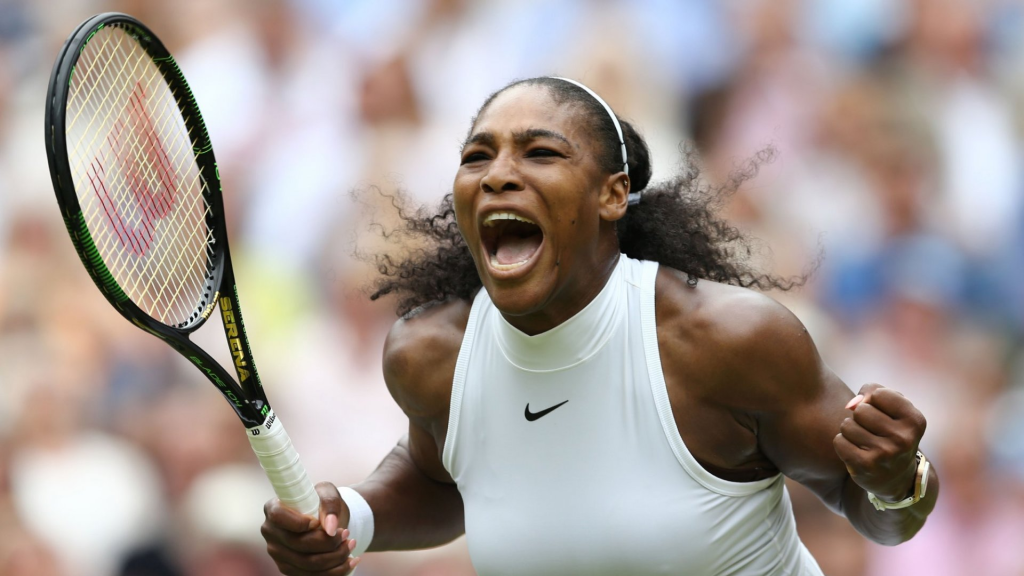
Equality and Inclusivity
Gender Equality
The evolution of sports uniforms has played a vital role in promoting gender equality in sports. Historically, women’s sports uniforms were often designed with aesthetics rather than performance in mind, leading to discomfort and restricted movement. However, modern innovations have led to the development of performance-oriented uniforms that cater specifically to the needs of female athletes. The introduction of sports bras, fitted uniforms, and gender-neutral designs has empowered women in sports, allowing them to compete on an equal footing with men.
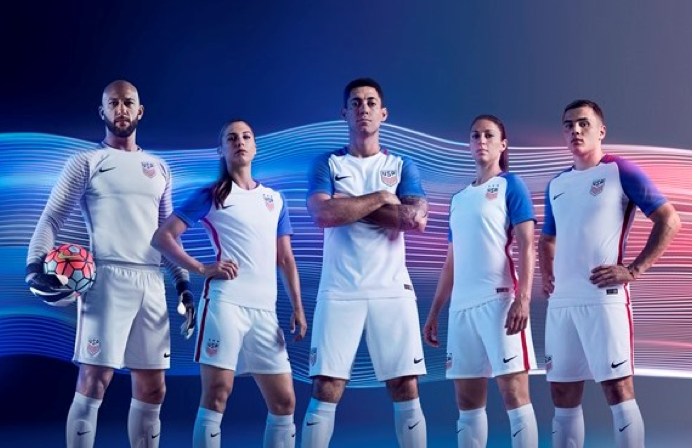
Inclusivity
Uniform changes have also addressed the need for inclusivity in sports, accommodating athletes of all backgrounds and abilities. Adaptive sports uniforms, designed for athletes with disabilities, ensure that everyone can participate in sports comfortably and effectively. Furthermore, cultural and religious considerations have led to the development of inclusive sportswear, such as hijabs for Muslim women, that allow athletes to adhere to their beliefs while competing. These advancements reflect a broader commitment to inclusivity and diversity in the sports community.
Ethical and Environmental Considerations
Sustainable Practices
As awareness of environmental issues grows, the sportswear industry is increasingly adopting sustainable practices in the production of sports uniforms. Companies are exploring eco-friendly materials like recycled polyester, organic cotton, and biodegradable fabrics to reduce their environmental impact. Sustainable manufacturing processes, including waterless dyeing and energy-efficient production, further contribute to minimizing the ecological footprint of sports uniforms.
Ethical Manufacturing
Ethical considerations are also at the forefront of modern sportswear production. Brands are prioritizing fair labor practices, ensuring that workers involved in the manufacturing process are treated fairly and work in safe conditions. By adhering to ethical standards and transparency, companies are addressing social responsibility and promoting sustainable growth within the industry. Consumers, in turn, are becoming more conscious of the ethical implications of their purchases, driving demand for responsibly produced sports uniforms.
Future Trends
The future of sports uniforms will likely be shaped by ongoing technological advancements, evolving cultural dynamics, and increasing emphasis on sustainability and inclusivity. Several key trends are expected to influence the design and functionality of sports uniforms in the coming years:
Smart Fabrics and Wearable Technology
The integration of smart fabrics and wearable technology will continue to revolutionize sports uniforms. Innovations such as self-regulating fabrics, biometric sensors, and augmented reality interfaces will enhance performance monitoring and provide real-time feedback to athletes. These technologies will enable more personalized training programs and improve overall athletic performance.
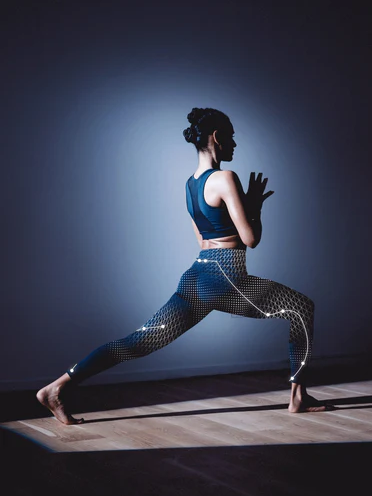
Customisation and Personalisation
Advancements in digital manufacturing and 3D printing will facilitate greater customization and personalization of sports uniforms. Athletes will be able to design uniforms tailored to their specific needs and preferences, optimizing fit, comfort, and performance. Customization will also extend to fans, allowing them to create personalized replica uniforms and merchandise.
Sustainable and Ethical Production
Sustainability will remain a critical focus, with continued efforts to develop eco-friendly materials and ethical manufacturing practices. Innovations in recycling, upcycling, and biodegradable materials will reduce the environmental impact of sports uniforms. Additionally, increased transparency in supply chains and fair labor practices will promote ethical production standards.
Inclusivity and Diversity
Future sports uniforms will reflect a growing commitment to inclusivity and diversity. Designs will cater to athletes of all genders, abilities, and cultural backgrounds, ensuring that sportswear is accessible to everyone. This inclusivity will be evident in the development of adaptive sportswear, gender-neutral designs, and culturally sensitive uniforms.
Fashion and Technology Integration
The fusion of fashion and technology will create innovative and stylish sports uniforms that appeal to both athletes and consumers. Collaborations between sportswear brands, designers, and tech companies will result in cutting-edge designs that combine functionality with aesthetic appeal. These innovations will further blur the lines between sportswear and everyday fashion, making sports uniforms a key influence on contemporary style.

Conclusion
The evolution of sports uniforms is a story of the dynamic interplay between technology, culture, and societal values. From their humble beginnings as simple and practical attire to their current status as high-performance, culturally significant, and fashion-forward garments, sports uniforms have undergone a remarkable transformation. Each era has brought new innovations and challenges, shaping the design and functionality of sportswear to meet the evolving needs of athletes and the broader community.
In the 21st century, modern innovations continue to push the boundaries of what sports uniforms can achieve. Advanced materials, smart textiles, and sustainable practices are enhancing performance, comfort, and environmental responsibility. The influence of sports uniforms extends beyond the field, impacting mainstream fashion, promoting gender equality, and reflecting cultural diversity. As we look to the future, the continued integration of technology, customization, and inclusivity will define the next chapter in the evolution of sports uniforms.
Ultimately, sports uniforms are more than just clothing; they are symbols of identity, performance, and progress. They embody the spirit of competition, the drive for excellence, and the pursuit of innovation. As sports and society continue to evolve, so too will the uniforms that represent and inspire athletes around the world.
Feature Image: Usain Bolt during 2016 Rio Olympics doing his signature victory style| Courtesy: mandeha.com
References:
- Adams, B. (2019). The Evolution of Sports Uniforms: From Historical Garments to Modern Performance Wear. Routledge.
- Brown, T., & Smith, A. (2021). High-Tech Sportswear: The Future of Athletic Apparel. Springer.
- Gibson, K. (2018). Fashion and Sports: A Cultural History of Athletic Attire. Bloomsbury Academic.
- Johnson, M. (2020). Sustainable Sportswear: Innovations in Eco-Friendly Fabrics. Greenleaf Publishing.
- Lynch, J., & Martinez, R. (2022). Inclusivity in Sports Uniforms: Designing for Diversity and Equality. Palgrave Macmillan.
- Miller, S. (2023). Smart Textiles and Wearable Technology in Sports. Wiley.
- Roberts, E., & Wang, L. (2017). The Cultural Significance of Sports Uniforms: Identity and Nationalism. University of Illinois Press.
- Smith, J. (2021). The Intersection of Sportswear and Mainstream Fashion. Fashion Theory.
- Thompson, R. (2019). Adaptive Sportswear: Innovations for Athletes with Disabilities. Routledge.
- Wilson, A. (2022). Ethics and Sustainability in Sports Uniform Production. Journal of Sportswear Ethics.

